Vehicle central door lock actuator
DC 12 V
A vehicle’s central door lock actuator is an electric motor with gears that, when activated by a switch or remote, moves the door latch to lock or unlock the door. It’s a key component of the central locking system, enabling all doors to be locked or unlocked simultaneously with a single button press or remote.
-
Function:
The actuator contains a motor, gears, and linkage (or cable) that converts the electrical signal into the mechanical movement needed to operate the door lock.
-
Central Locking System:
Central locking systems utilize actuators to control all doors, allowing for convenient locking and unlocking from a single point (like a button on the key fob or driver’s door).
-
Location:
Actuators are typically mounted inside the door panel, close to the latch mechanism.
-
Types:
Actuators can be either reversible electric motors (common in modern cars) or solenoids (used in some older vehicles).
-
Failure:If an actuator fails, the affected door may not lock or unlock, or the central locking system may malfunction.

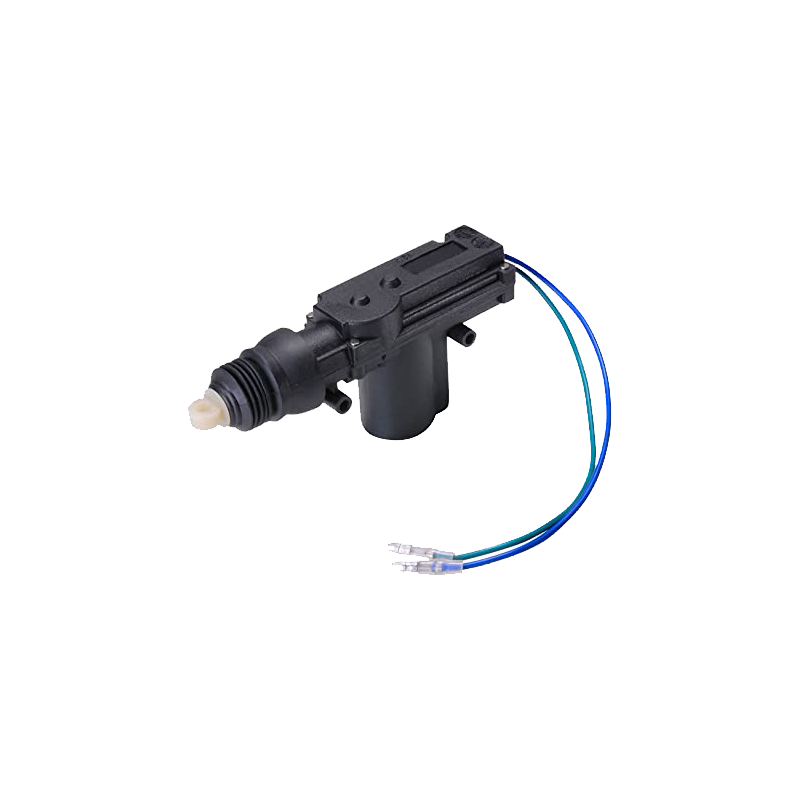

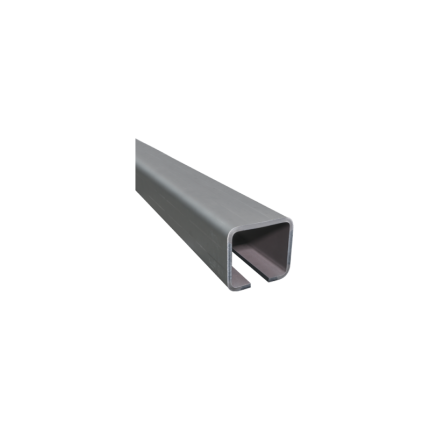

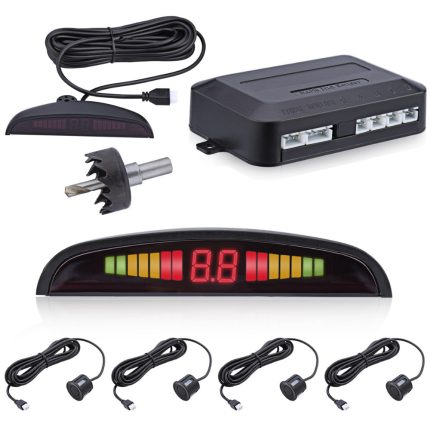
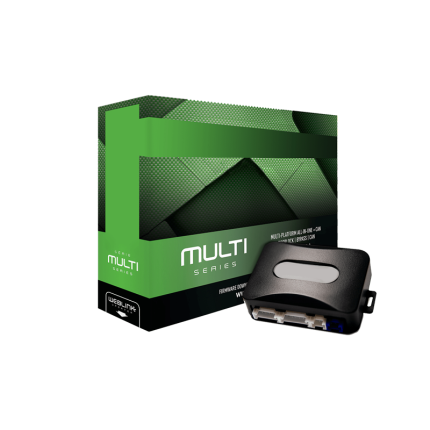
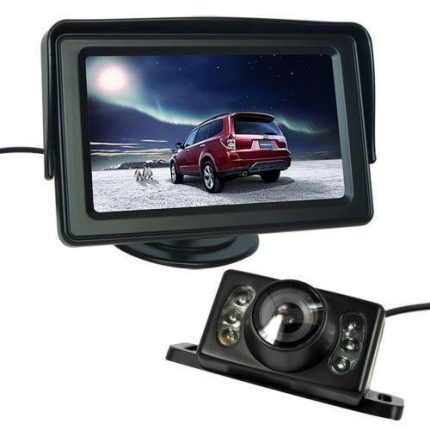
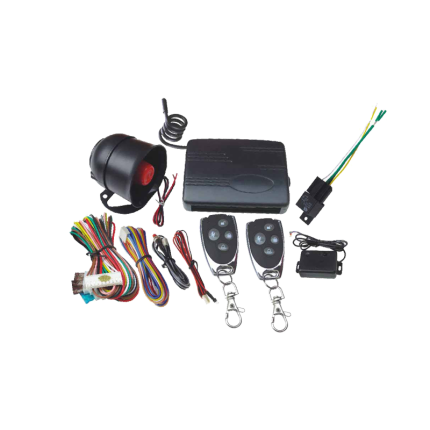
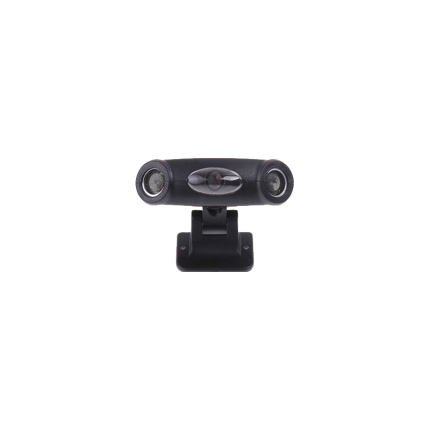
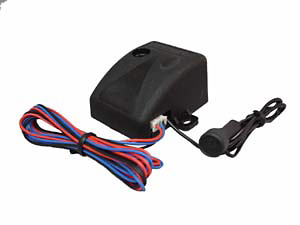
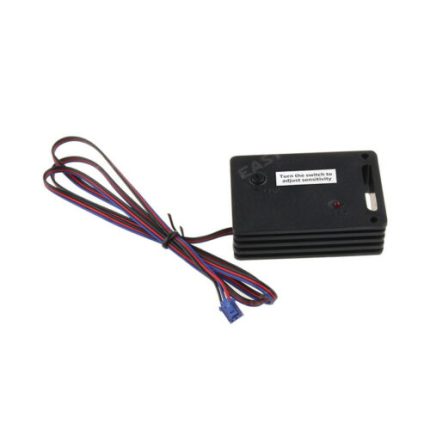









Reviews
There are no reviews yet.